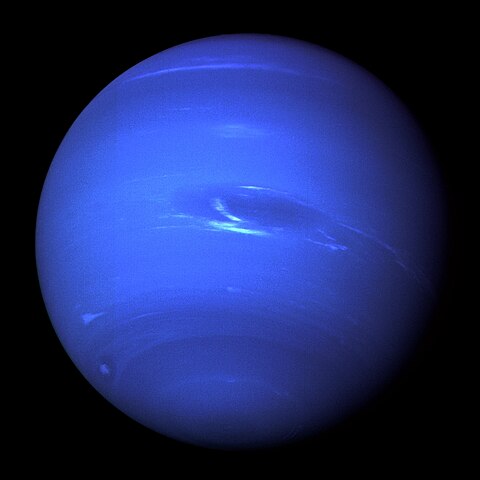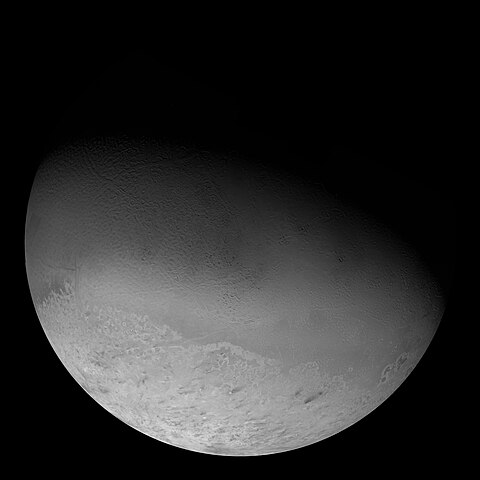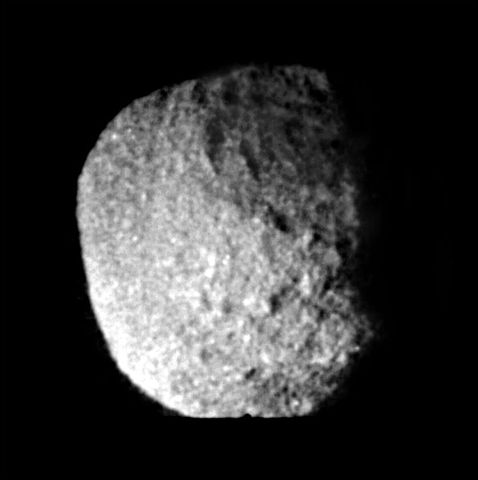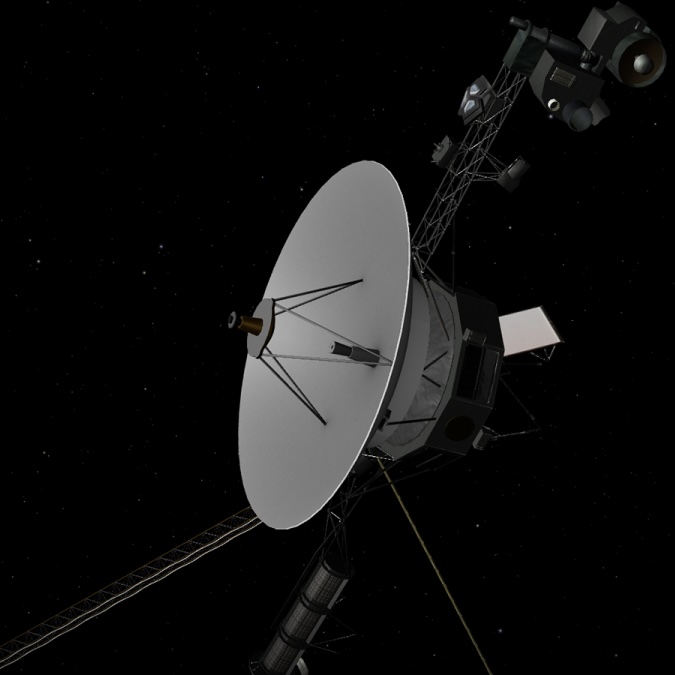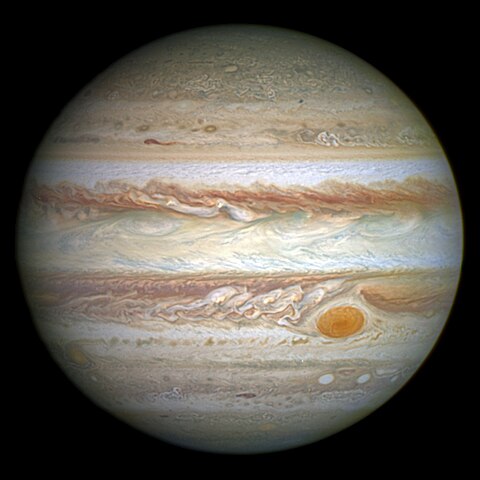1 day / second
0.5 AU
Neptune
Planet
The eighth and most distant planet, Neptune is a cold, windy ice giant with a vivid blue color, powerful storms, supersonic winds reaching 1,200 mph, and a collection of 14 known moons including the geologically active Triton.
Key Facts
orbital regime | Outer System |
learn more | Wikipedia |
mass | 1.0241e+26 kg |
radius | 24,622 km |
hill radius | 0.77 AU |
semi-major axis | 30.104 AU |
eccentricity | 0.009 |
inclination | 1.77º |
longitude of the ascending node | 131.783º |
argument of periapsis | 273.187º |
orbital period | 165.169 years |
sidereal rotation period | 16.11 hours |
axial tilt | 28.32º |
surface gravity | 1.15 g |
discovery date | September 23, 1846 |
discovered by | Johann Gottfried Galle, Urbain Le Verrier, and Heinrich Louis d'Arrest at Berlin Observatory |
name origins | Named after Neptune, the Roman god of the sea |
albedo | 0.290 |
material composition | Ice giant planet composed primarily of ices (water, ammonia, methane), rock, and hydrogen-helium atmosphere |
density | 1.638 g/cm³ |
Gallery

Major Moons
Triton
The largest of Neptune's moons, Triton is a unique captured Kuiper Belt object that orbits backwards around its planet and has active nitrogen geysers erupting from its frigid surface.
Despina
A tiny, irregularly shaped inner moon of Neptune discovered by Voyager 2 in 1989 that orbits close to the planet and may be a shepherd moon helping maintain one of Neptune's rings.
Galatea
A small inner moon of Neptune discovered by Voyager 2 in 1989 that orbits within the planet's ring system and helps shepherd the Adams ring.
Larissa
A mid-sized inner moon of Neptune with an irregular shape and heavily cratered surface, discovered in 1981 by Harold Reitsema using ground-based stellar occultation observations.
Proteus
A dark, irregularly-shaped moon that is the second largest of Neptune's satellites and the last moon discovered during the Voyager 2 flyby in 1989.
Nereid
A small, irregularly shaped moon with an extremely elongated orbit that takes it between 1.4 million and 9.7 million kilometers from Neptune over its 360-day journey around the planet.
Spacecraft Visits
Voyager 2
Flyby
Launched in 1977, visited in 1989
Voyager 2 completed its Grand Tour of the outer Solar System with a flyby of Neptune on August 25, 1989, capturing the first detailed images of the ice giant and its largest moon Triton while passing within 3,000 kilometers of Neptune's north pole.
